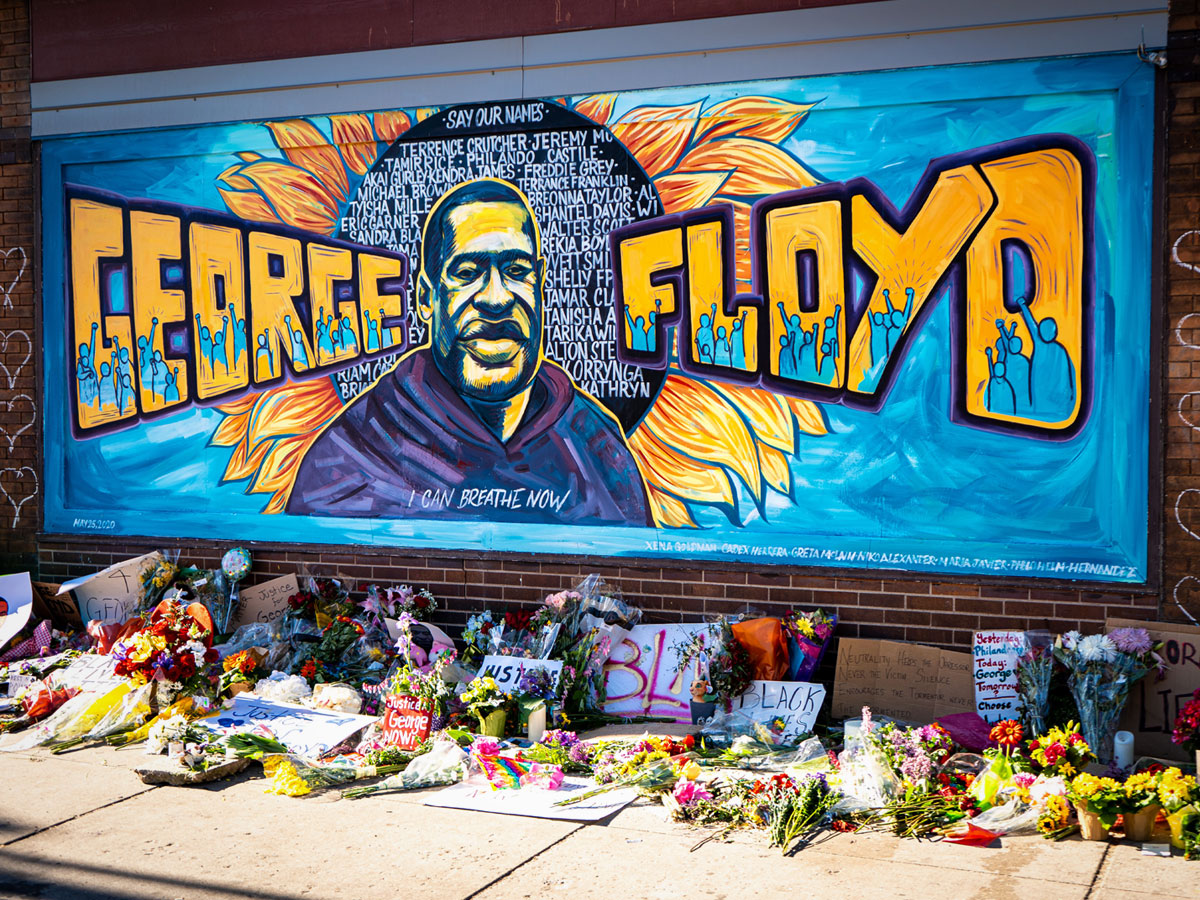

The murder of George Floyd — and the widespread emotional reaction to his death — has forced us all to reflect on the direct and indirect violence that Black Americans continue to experience on a daily basis. As much as it opens fresh wounds, it also opens up a much-needed dialogue on just how far we still need to go to achieve true racial equality in America.
While we typically apply LRW’s behavioral science expertise toward helping brands understand consumer motivations, we can also apply it toward helping more people understand the complexities of racist attitudes and behavior. In this post, our Pragmatic Brain Science® team shares some psychological concepts and suggested readings that can help us make sense of these recent events. As behavioral scientists, when people act in ways that are hard to comprehend, we look to understand what might motivate their behavior in an effort to arm ourselves with the knowledge to bring about change.
Racism is complex. It is an interplay between prejudice (negative feelings towards an individual based on group membership), stereotypes (beliefs about the characteristics members of a group possess) and discrimination (negative actions towards members of the group). An instance of racism may involve one, two, or all three components.
In our current moment, there are plenty of examples of explicit racism, wherein the individual is aware of his or her prejudice and stereotypes and discriminates accordingly. No less problematic are the many instances of implicit racism, where people hold negative feelings or beliefs of which they may not be consciously aware, and thus may be unaware of how such feelings and beliefs influence their behavior. As a function of being part of a society in which racism is deeply entrenched, we all likely hold some implicit racial biases.
Racism literally costs Black Americans their lives, as is evident in the cases of Mr. Floyd, Ahmaud Arbery, and countless others. Racism also affects the lives of Black Americans in ways that are less obvious and direct, but can similarly inflict pain in their own ways.
Microaggressions, for example, are brief and commonplace verbal, behavioral, or environmental slights, insults, and indignities that individuals face because of their group membership. For instance, a white woman grabbing her purse when a black man enters an elevator is a commonly cited microaggression. Experiencing microaggressions can correlate to poorer physical and mental health. Even without experiencing a negative interaction, simply knowing that there are negative stereotypes about one’s group can be threatening.
Stereotype threat is fear of reinforcing a stereotype and being made aware of your belonging to a stereotyped group may impact performance. The mere mention of being a member of a stereotyped group — African Americans or women, for example — can negatively impact standardized test or other academic performance.
Experiencing high levels of persistent stress has widespread impacts on health. It can lead to burnout, which results in feelings of hopelessness and despair. Stress causes physical and cognitive impairments and increases susceptibility to chronic diseases, such as high blood pressure.
Every day, Black Americans experience higher levels of stress than their white counterparts, stress that has been exacerbated by a pandemic that disproportionately impacts people of color, and the recent spate of racist violence and behavior across the US. Many people of color may be facing emotional exhaustion, manifest in physical and mental fatigue, and need time and space for emotional and physical healing.
Research shows that in times of crisis, consuming high amounts of media have been linked to increased anxiety and depression. Also in times of crisis, the emotional lift you feel after receiving help is nearly equal to the emotional lift felt when helping others. It’s important to allow yourself time off and to lean on others when you need a break. When you are emotionally recharged, support those around you who need a break.
Your behavior is both influenced by and influences those around you through norms, shared standards for behavior and conduct. Norms are upheld by members of society, but those with high social status have the ability to normalize new behaviors. Social status is often ascribed to those with dominance (e.g. money and power), but people also gain status through being respected, and the social closeness of the influencer has an impact on how eagerly their behaviors are adopted.
Social media mavens, community leaders, managers, and businesses have the opportunity to normalize conversations about bias and privilege, amplify the voices of people of color, and set new standards for acceptable behavior.
Changing behaviors, norms, and habits is challenging work, and we hope we’ve offered a few thought starters, as well as some personal invitations to heal during an incredibly challenging time.
Have thoughts to share about these concepts? Want to share reading recommendations of your own? Please leave a comment, or contact us.
You must be logged in to post a comment.